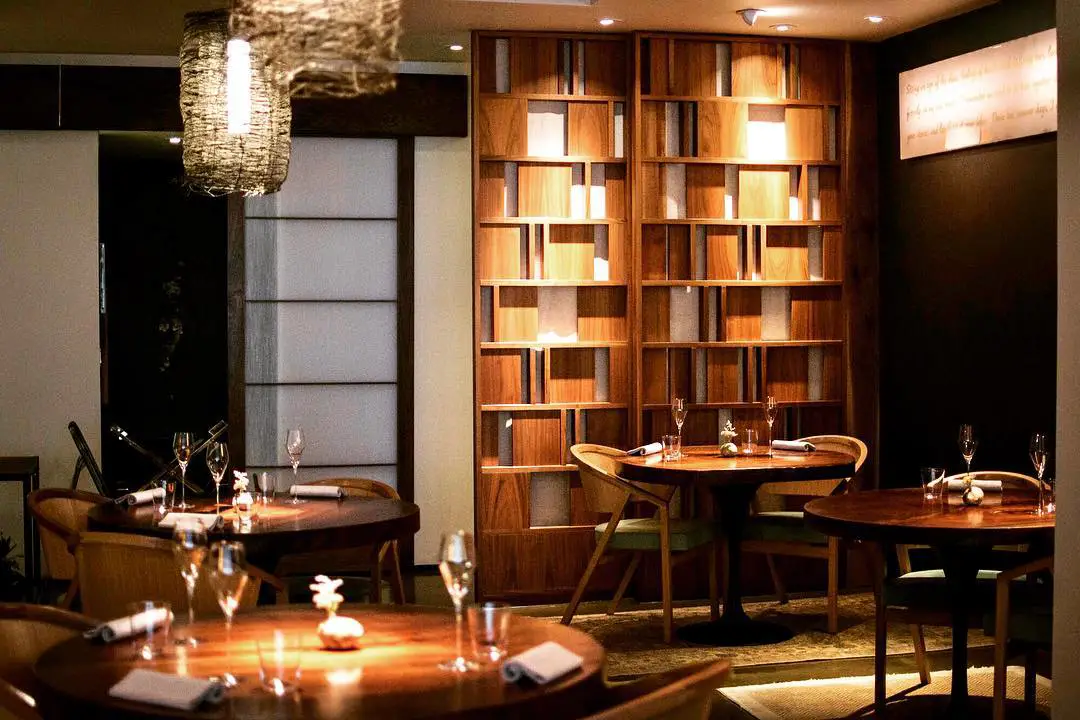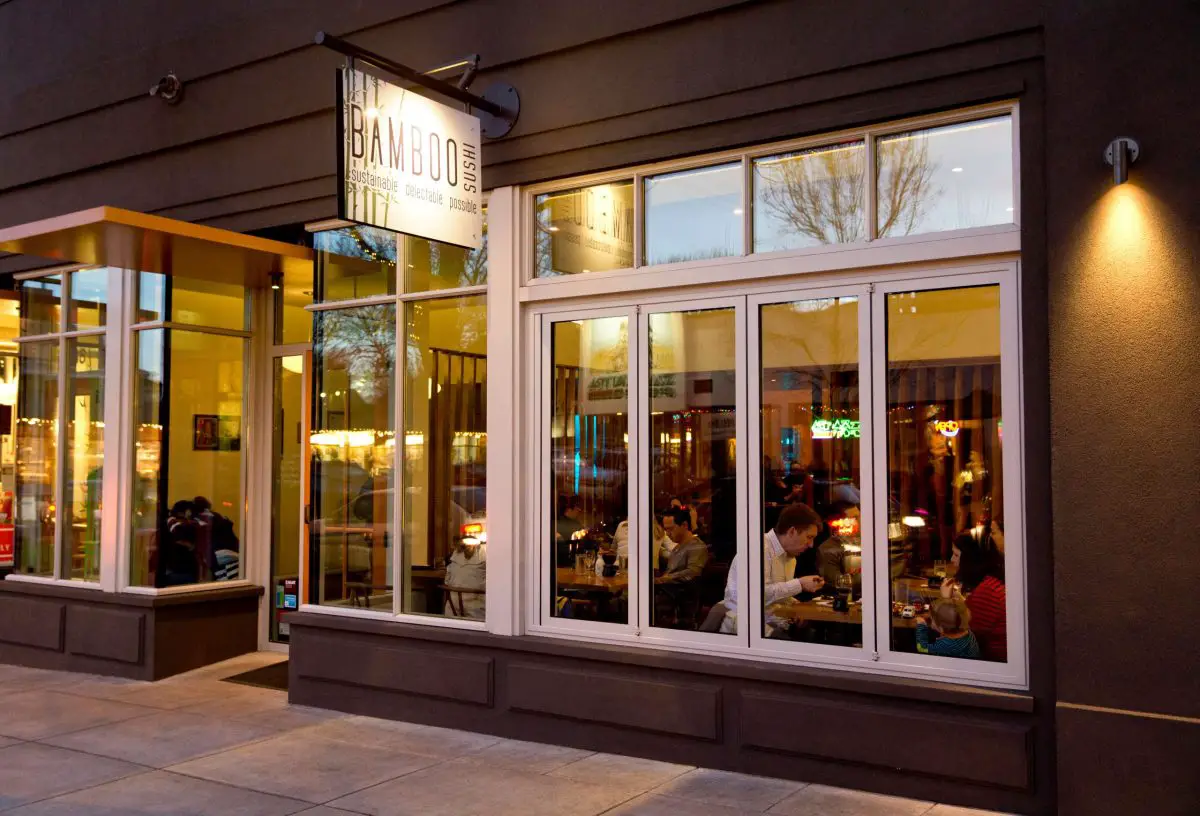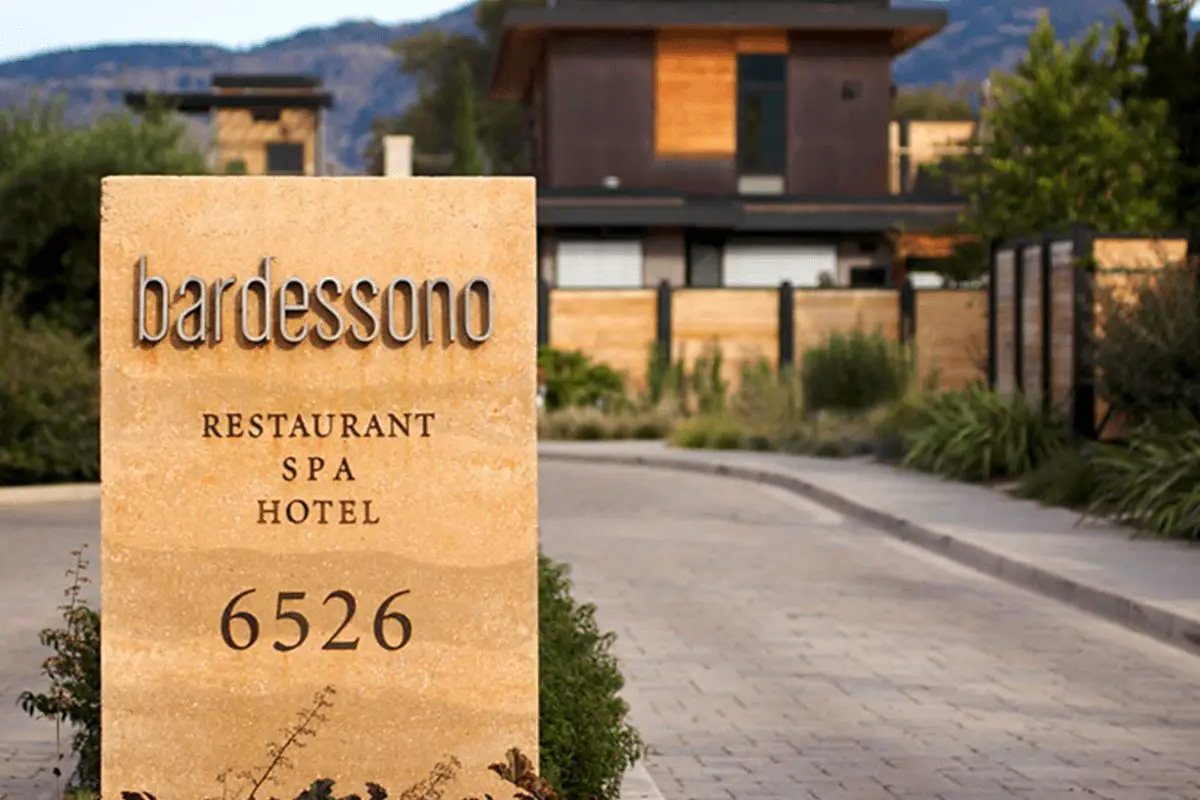Since GLR launched in 2010, we have pledged to dedicate a certain amount of our coverage to the eco-friendly lifestyle niche—from hotels, to restaurants, to products you can buy on Amazon. In particular, we love to cover businesses in the hospitality arena whose products and services are enhanced—not compromised—by their environmental stewardship. In fine dining, for example, the attenion to sustainability by sourcing produce, meats and other ingredients from local farmers and fine food purveyers, actually leads to fresher, tastier and more wholesome dishes. When these restaurants and chefs are already among the best in the world, the results are both delicious and good for the planet.
It is no wonder then that the world’s best known independent restaurant guide, The Micheline Guide, has launched a new “Green Star” award to highlight restaurants at the forefront of the industry when it comes to their sustainable practices. According to The Michelin Guide a Michelin Green Star is awarded (annually) to restaurants that “offer dining experiences that combine culinary excellence with outstanding eco-friendly commitments and are a source of inspiration both for keen foodies and the hospitality industry as a whole.”
What Kind of Things Do Michelin Green Star Restaurants Do?
According to Michelin, all Green Star recipients are different in unique ways but they all make a quantifiable difference and act as role models.
This includes, working directly with growers, farmers, fishermen and foragers; including those that use “regenerative methods such as no-dig vegetable gardens and successional cover crop growing.”
Many of these suppliers go beyond environmental considerations to also address “issues related to ethics and wellbeing, as well as contributing to local, national or global charitable and educational projects.”
Does the Michelin Guide Have Any Specific Criteria?
In terms of specific criteria, Michelin does not give a lot of information on what the inspectors are looking for, noting, “there is no specific formula for awarding a Michelin Green Star, as every restaurant and its surrounding region has a unique set of conditions.”
While the guide does give some insight into common “green” practices that these restaurants follow to produce delicious food with a small carbon footprint there is also the issue of the restaurant itself and its carbon footprint. The guide is somewhat vague on these practices.
Having covered this area quite a bit over the past 12 years, however, we can make an educated guess as to what sort of sustainability practices these restaurants incorporate.
Examples might include: Menus printed on recycled paper; tables made from reclaimed wood; reusing and recycling flatware; composting vegetable waste; incorporating solar power; reusing LED, halogen or fluorescent bulbs (or using low energy light bulbs); reducing water usage with low flow spray valves; rain water reclamation systems.
Who Are the Leaders in Green Fine Dining?
To date The Michelin Guide has awared 359 restaurants around the world with Green Stars. So which countries are leading the green, fine dining movement? Not surprisingly, France has the most green stars with 87, followed by Germany with 67, Italy with 30, UK and Spain with 27 each and Japan with 23. Perhaps a bit surprising, the US—despite having 1366 restaurants with at least 1 Michelin star—has only 11 Green Stars, leaving us with plenty of room for improvement in the green, fine dining space.
Here Are The 11 US Recipients of a Michelin Green Star
Blue Hill at Stone Barns—Tarrytown, NY

The Inn at Little Washington—Washington, DC

Osteria Mozza—Los Angeles, CA

Chi Spacca—Los Angeles, CA

Quince—San Francisco, CA

Bar Crenn—San Francisco, CA

Atelier Crenn—San Francisco, CA

The French Laundry—Yountville, CA

SingleThread—Healdsburg, CA

Chez Pannise—Berkley, CA

Harbour House—Elk (Mendicino), CA




